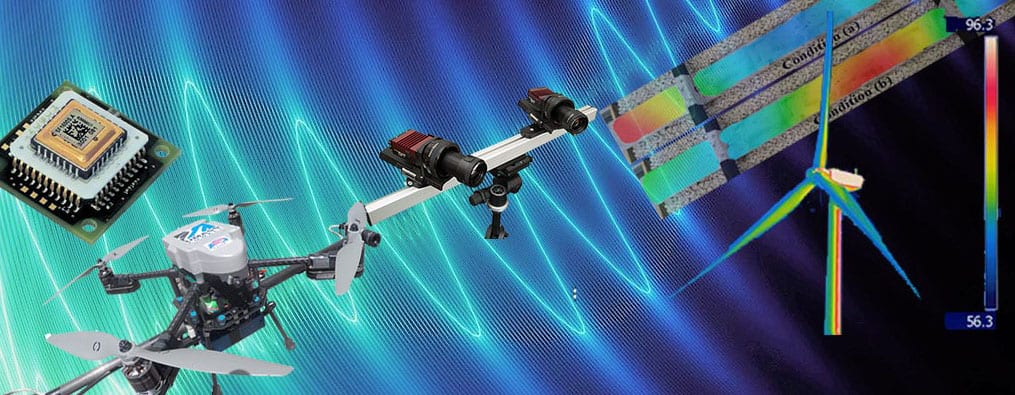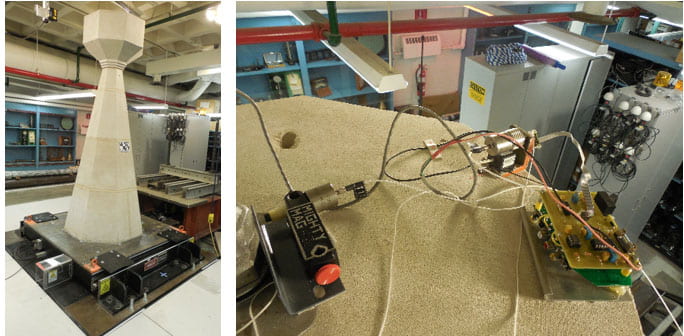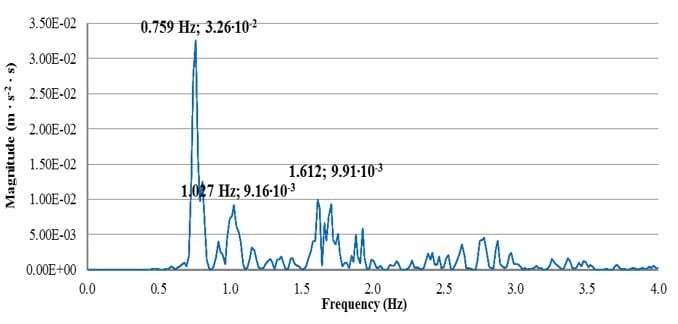
This study focused on validating the effectiveness of metal reinforcement systems to strengthen the structural resistance to earthquake-induced vibrations of historical buildings. In particular, the effects of the Louisa Country 2011 earthquake on a 2,500 kg, 3-meter high model of one of the pinnacle of the Cathedral Church of St. Peter and St. Paul (Washington National Cathedral) were analyzed. The research also aimed to validate if the support structure used for reinforcing the pinnacle (i.e. 2″ in diameter metal rod) was able to withstand to solicitations similar to those produced by the real earthquake.

Experimental evaluations were performed using a shaking table, and beside the analysis of vibrations on the structure, comparison between different measurement devices and techniques (e.g. IEPE accelerometers, MEMS-based wireless accelerometers, cellphones, DIC) were accomplished as well.

More details about the project and its results can be retrieved from: http://news.columbia.edu/content/engineering-earthquake-buttress-national-cathedral.
